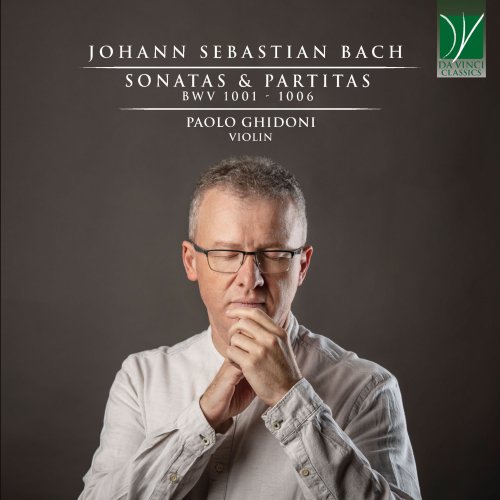Tracklist: VIDEO
The Sei Solo for the violin written by Johann Sebastian Bach are doubtlessly among the most extraordinary musical works of all times. Their extraordinary quality is due to a number of equally extraordinary factors, found uniquely together in this collection.




